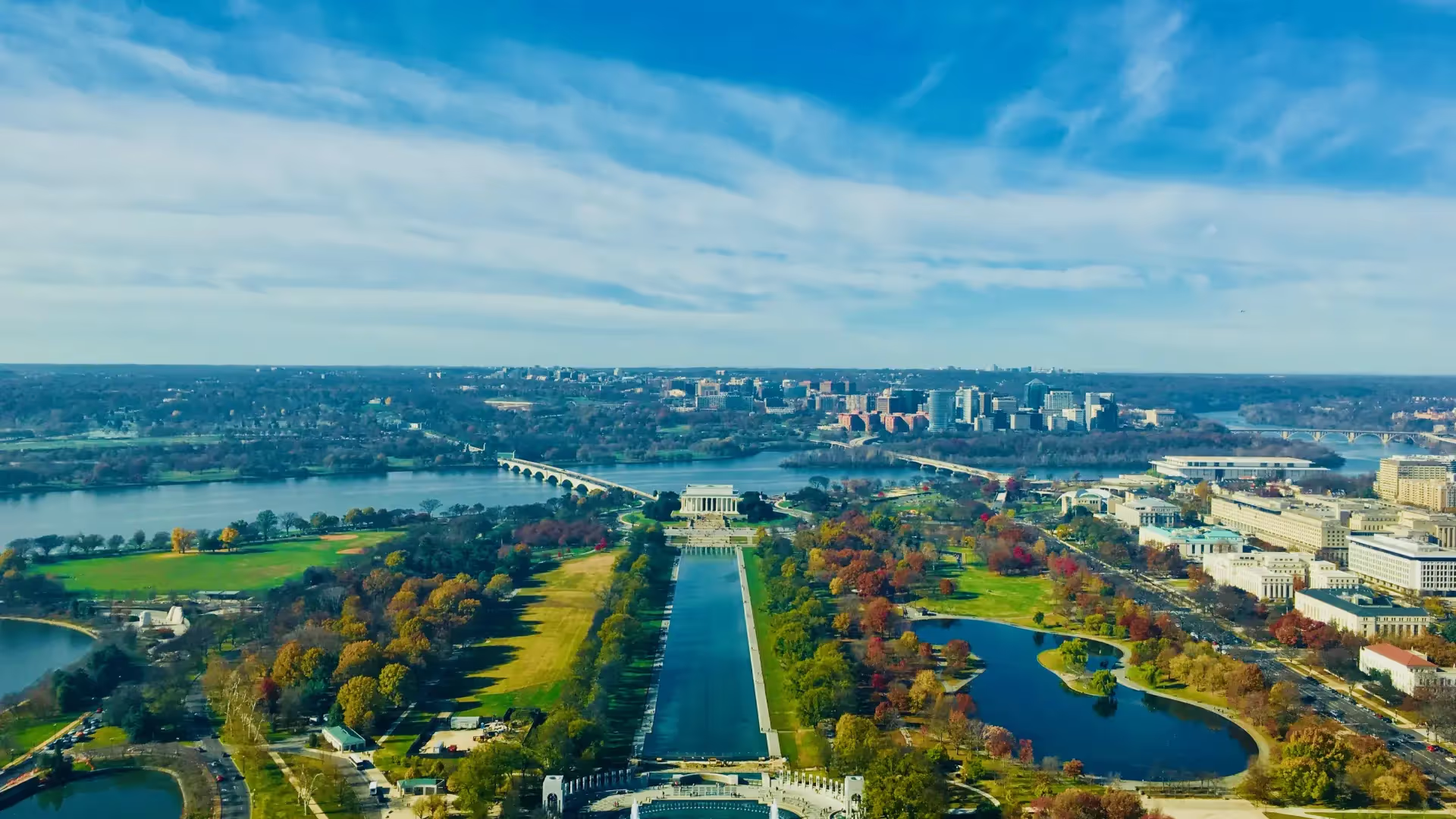The U.S. Securities and Exchange Commission finalized its long-awaited climate-risk disclosure rule at a meeting in Washington today.
Under this regulation, all U.S.-listed companies are now required to disclose significant risks posed by climate change as well as their own climate footprints, which are known as scope 1 and 2 emissions. However, the agency's requirements for greenhouse gas emissions disclosures have been rolled back significantly from its original proposal — including the removal of scope 3 emissions from required reporting.
The effect of removing scope 3 emissions from SEC regulations is twofold: for companies that already have scope 3 emissions goals or that fall under current regulations, this ruling streamlines reporting and reduces the chances of proliferation in reporting requirements across entities.
However, this ruling also weakens our governmental alignment with the importance of scope 3 emissions, implying that scope 3 measurement and mitigation is not imperative for businesses.
What does this mean for the future of companies in the food, agriculture and apparel sectors?
Scope 3 emissions were likely on the chopping block because, according to NYTimes, “During the SEC's comment period, companies and business groups flooded the agency with a record number of comments pushing back on the rules, arguing that disclosure would be burdensome for businesses and of limited utility for investors.” *
Undoubtedly, scope 3 emissions disclosure may be burdensome for complex supply chains, like those in agriculture, food and apparel. However, this is where the most emissions take place and this is where the most potential for building resilience is.
Is the fact that something is difficult a reason not to do it? Particularly, something as important as securing the future of our food system, and protecting the planet sustaining it?
We commend the industry leaders who have been voluntarily disclosing and making progress towards scope 3 emissions mitigation, especially those who have increased their ambition for scope 3 emissions reduction in the last few years. However, what does the SEC ruling mean for the rest of the industry?
Removing scope 3 emissions weakens governmental alignment with the importance of emissions reporting.
In rolling back scope 3 reporting requirements, the government neglects to establish the foundation for us to gain more visibility and strengthen our supply chains, in turn increasing food security.
We’ve seen this neglect across the agriculture sector in recent months. Lawmakers are currently working to allocate more Farm Bill funding to crop subsidies and away from on-farm resilience programs — which benefits only a few farmers and reduces food security overall (according to the National Sustainable Agriculture Coalition).
At a time when crop and rangeland losses are at their highest (losses from major 2023 disasters were over $21.94 billion, or 23.6% of NOAA's total economic impact figure, making 2023 in the top 10 most devastating years for crop and rangeland losses), the U.S. government should be investing in the transformation towards more resilient food systems, rather than in the current system that is not fit for the present, albeit for the future.
Government support for scope 3 reporting would require inactive companies, government organizations and policymakers to recognize the importance of scope 3 emissions in our shared climate goals. We’ve seen this support in the EU’s Corporate Sustainability Reporting Directive (CSRD, detailed below), and as a top-emitting country, we believe the United States should send this message as well.
It’s important to note that government support doesn’t have to come this year. It would be possible to push reporting for scope 3 emissions out to 2027 — which would show government support for emissions mitigation without over-burdening our current system. The only thing we should not do is fail to act entirely.
Why would scope 3 action have been beneficial for agriculture-based industries, like food and apparel?
Scope 3 reporting requirements would have strengthened the SEC regulations for the following reasons:
- Accounting for scope 3 emissions is essential for companies in this space to reach climate commitments and reduce climate change-related business risks, as 70-90% of the sectors' emissions is in scope 3.
- Technology now allows for easier and more granular accounting of emissions across a supply chain.
- Other legislation, including CSRD and California SB 253 & 261, are requiring companies to report scope 3 emissions, indicating a shift in the industry and solidifying the need to make progress in this sector.
- Many companies have already set scope 3 targets and are working toward those goals. For industry leaders, the SEC ruling doesn’t carry much weight. However, for companies that have not set scope 3 goals, they will not be forced to take action.
Quantifying scope 3 emissions is a business imperative
For companies in the food, agriculture and apparel sectors, scope 3 emissions account for up to 90% of a company’s emissions. Accounting, reporting and mitigating scope 3 emissions is essential for companies in this space not only to meet climate targets, but to stabilize their supply chains.
Ultimately, scope 3 reporting and mitigation is simultaneously about mitigating emissions in our agricultural systems and building more resilient systems.
Accurate quantification of scope 3 emissions is imperative for businesses striving to meet climate goals and achieve net zero status — whether these businesses are tracking towards 2030 goals, 2050 goals or beyond.
By reporting these emissions with precision, companies can effectively allocate resources towards mitigation efforts. Moreover, comprehending scope 3 emissions enables businesses to quantify and address climate change-related risks, a trend gaining momentum in the industry as highlighted in Trend 1 of our 2024 Trends Report.
Technology solves the barrier to entry in measuring scope 3 emissions
Regrow’s technology addresses the obstacles associated with measuring scope 3 emissions by offering comprehensive reporting with both precision and scalability (across a wide variety of commodities and global regions).
Widespread adoption of Regrow’s technology throughout the value chain — especially within CPG companies, which see the most scope 3 emissions from agricultural land — facilitates actionable emissions reduction efforts. Additionally, the ability to quantify dynamic supply chain-specific factors with this technology allows scope 3 estimates to not only be easier than expected, but more accurate and actionable than what was possible even 2 years ago.
With appropriate technological solutions and investment, scope 3 reporting is not only manageable, but advantageous to a company’s business strategy.
Legislation and leadership are pushing companies to report scope 3 emissions.
While legislation and climate policy is, in some cases, up for appeal and questioning (as with recent legislation in California, which we’ll reference shortly), there’s little doubt that the industry is moving towards scope 3 emissions reporting anyway.
We celebrate the legislation that’s already in place with regard to scope 3 emissions reporting — notably, California’s SB 253 & 261 and the EU’s Corporate Sustainability Reporting Directive. This legislation pushes the industry towards innovation and accelerates change in the agricultural sector, where change is desperately needed (agriculture accounts for 13% of total global GHG emissions. These emissions must be mitigated if we are to mitigate climate change.)
We also celebrate the leaders in our space, who have already set scope 3 reporting goals. With this SEC ruling, leaders with existing scope 3 goals or initiatives may find themselves relieved — scope 3 requirements from the SEC may fragment the reporting companies are required to do, or the reporting they’ve already built into their systems.
Despite today’s news, progress is progress.
We are glad to see that the SEC is requiring companies to report scopes 1 and 2 emissions. However, we cannot accelerate impact if scope 3 emissions are not addressed.
And we must accelerate our progress. According to the United Nations, emissions must be cut by almost half by 2030 to limit global warming to 1.5°C above pre-industrial levels.
However, at the current global pace of carbon emission, the world will burn through its remaining “carbon budget” by 2030.
We don’t have time to wait — 2030 is 6 harvests away. The food and agriculture industries cannot afford inaction when it comes to scope 3 emissions. Mitigating emissions by adopting more climate-friendly farming practices not only reduces our climate impact, but it helps secure the future of our food supply and reduces business risks for companies in this space.
* According to Bloomberg, "The Chamber [of Commerce] is advising companies to prepare for Scope 3 reporting, but hopes the SEC recognizes it faces significant opposition to this type of disclosure, said Evan Williams, executive director of the group’s Center for Capital Markets Competitiveness. Scope 3 emissions are 'difficult to identify and accurately quantify and are uniquely uncertain and speculative,' leading to increased costs for companies, the Chamber said in a 2022 letter to the SEC."



